Photos: Freshwater Stingray Takes Bite Out of Insects
Chomp, Chomp
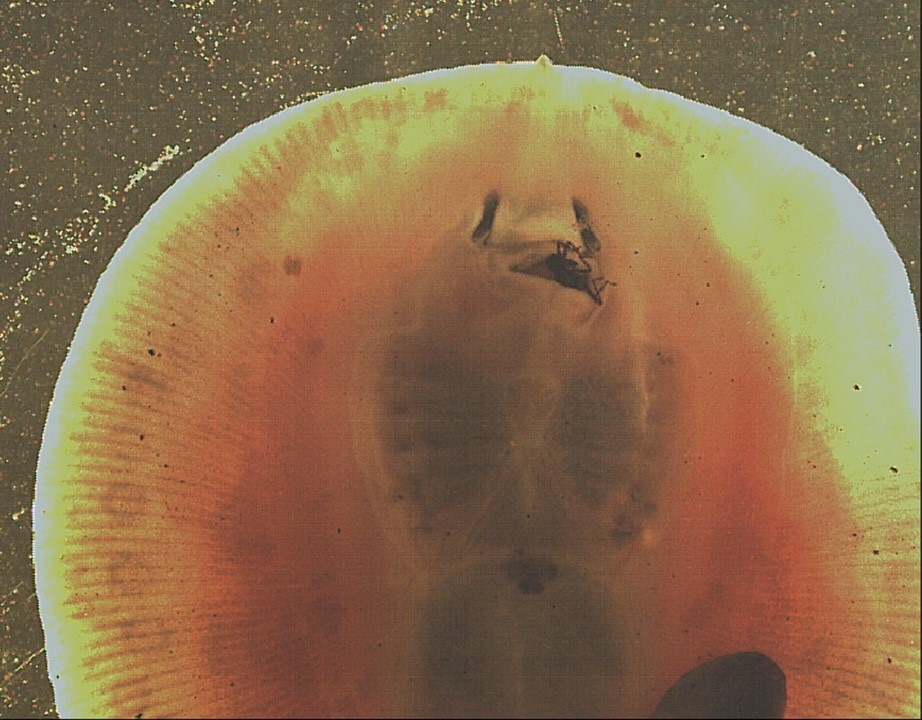
Look at that mouth! This freshwater stingray Potamotrygon motoro from the Amazon Basin, chews up its insect meal. Researchers just found that the species moves its jaw in complex ways to shred up insects, which are covered in tough chitin. The chewing behavior is similar to that found in mammals.
Check out the following images of the amazing stingray.
[Read the full story on stingray chewing]
Hungry stingray
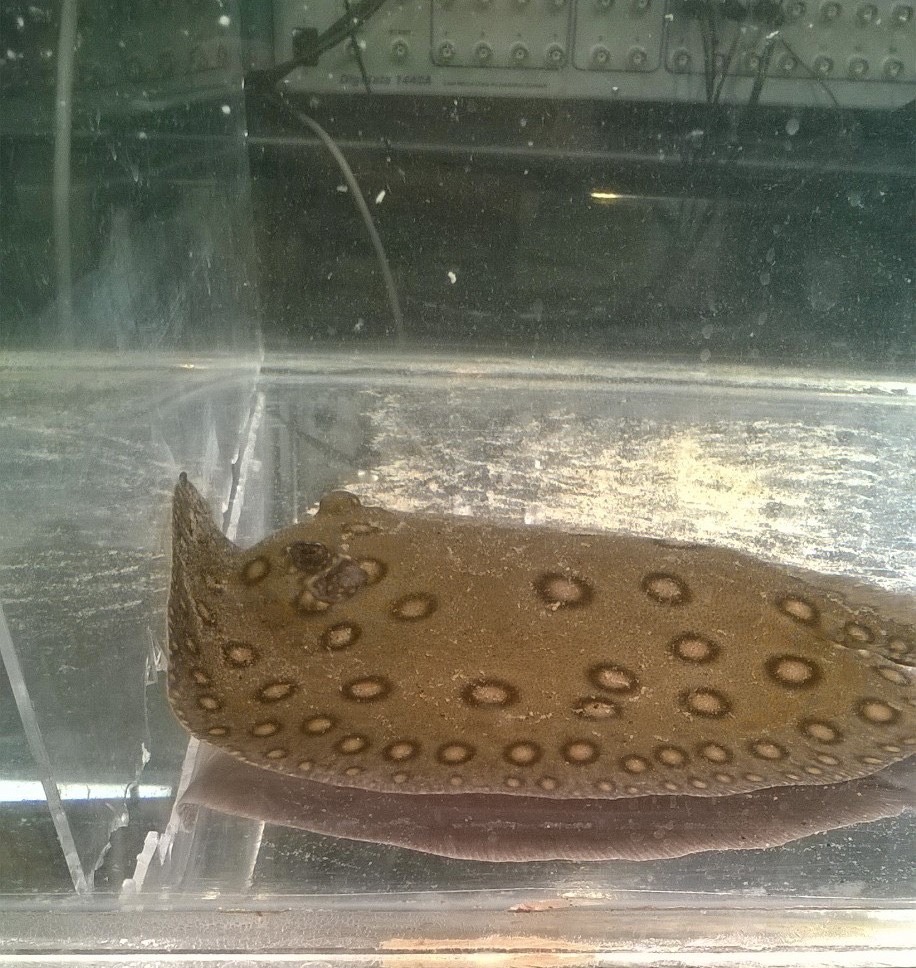
In the study, researchers recorded eating behaviors of four individual Potamotrygon motoro stingrays in aquariums. They used high-speed videography to track the stingrays feeding on various prey, such as fish, shrimp and dragonfly larvae.
Stingray eyes
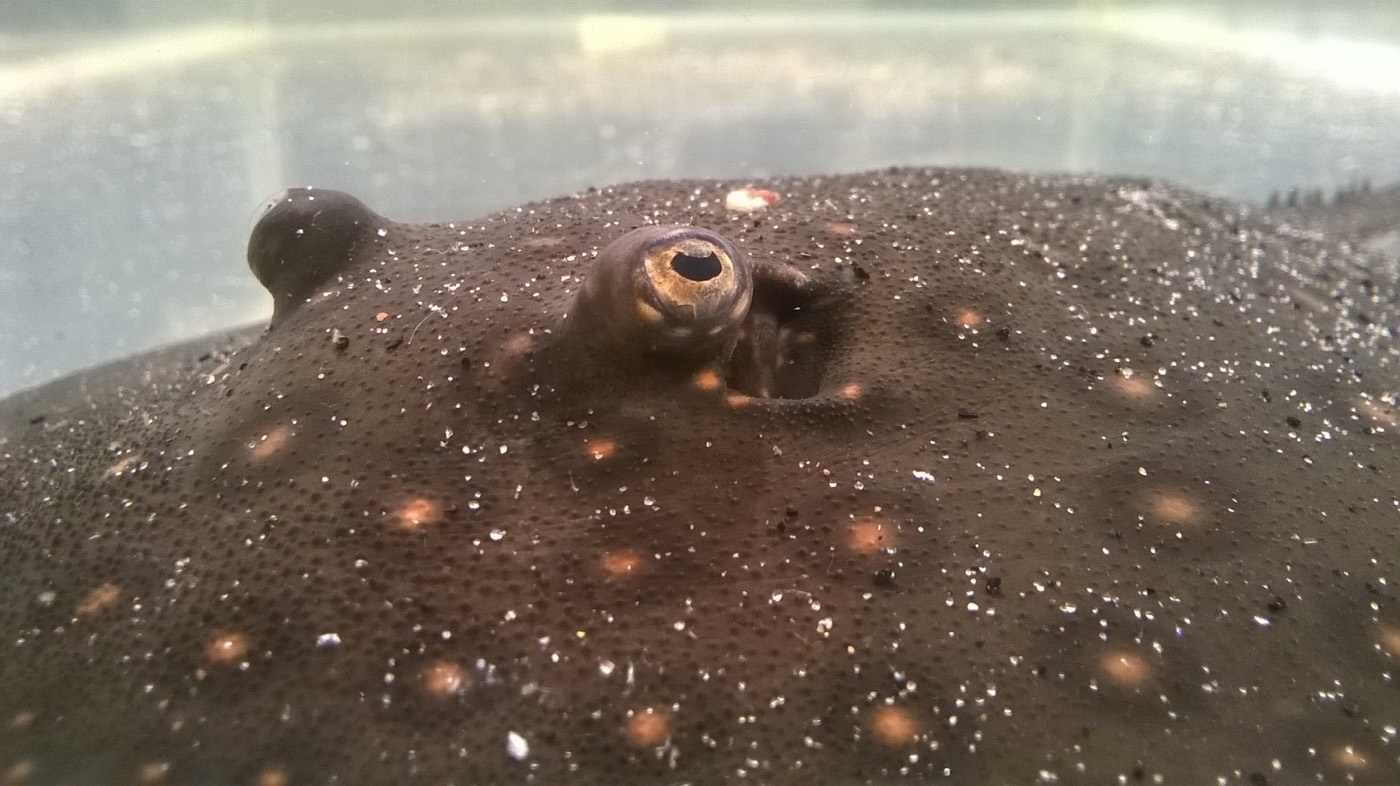
Their eyes are on the dorsal surface of the head, each oriented toward the opposite side of the body, something that gives the stingray a field of vision of nearly 360 degrees, according to the University of Michigan Museum of Zoology.
[Read the full story on stingray chewing]
From the Amazon

The freshwater stingray, also called the peacock-eye stingray, is covered in distinct orange-to-yellow eyespots enclosed in a black ring. Insectivorous freshwater stingrays like P. motoro represent the only rays and sharks known to dine on insects.
Get the world’s most fascinating discoveries delivered straight to your inbox.
The Underside
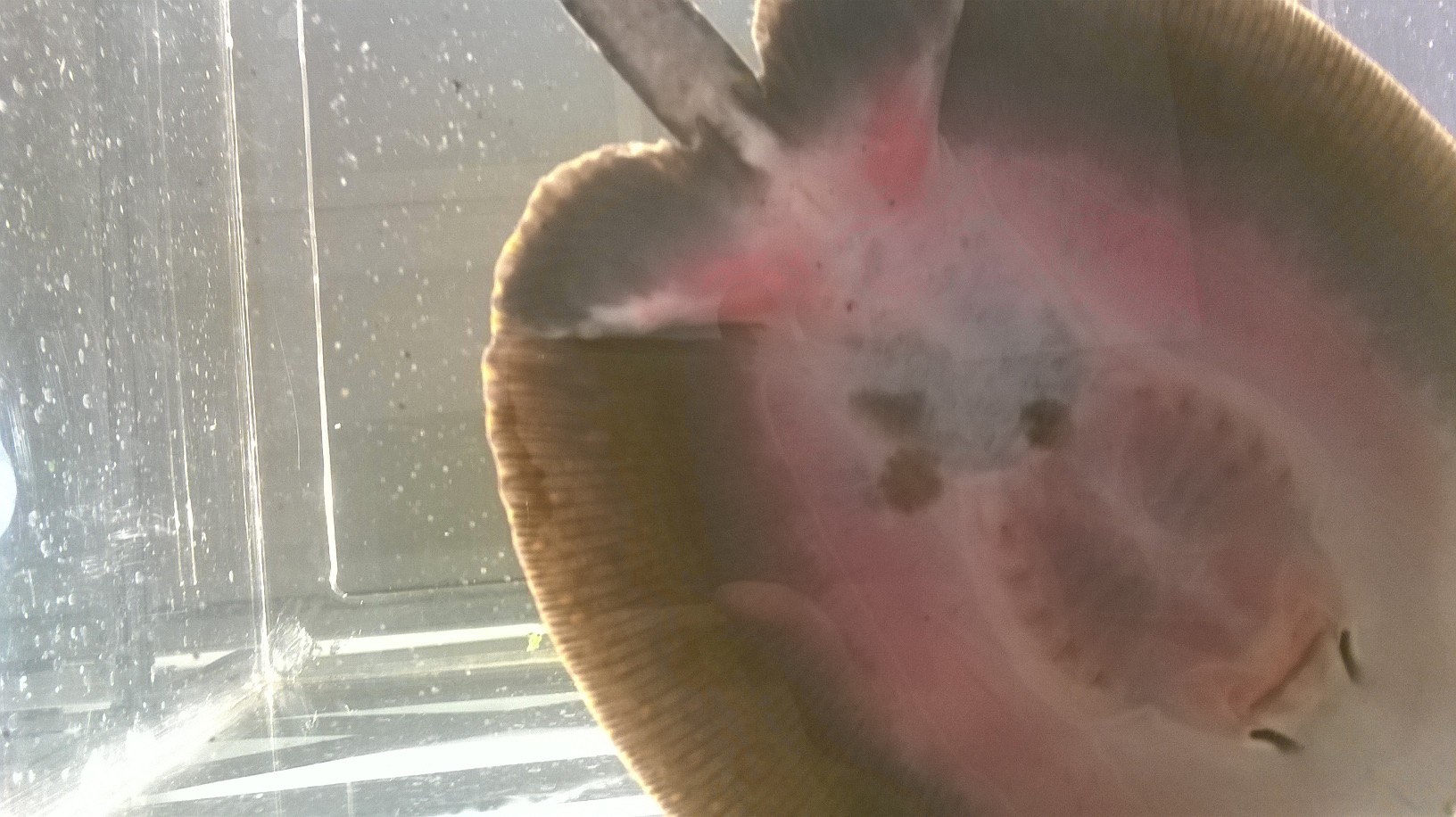
The stingrays also revealed another feeding trick. Turns out, they lift up their pectoral fins to suck prey beneath their bodies. There, the stingray uses its jaws to attack the wriggling meal, the researchers found.
Shown here, the underside of the freshwater stingray.
Inside a Stingray
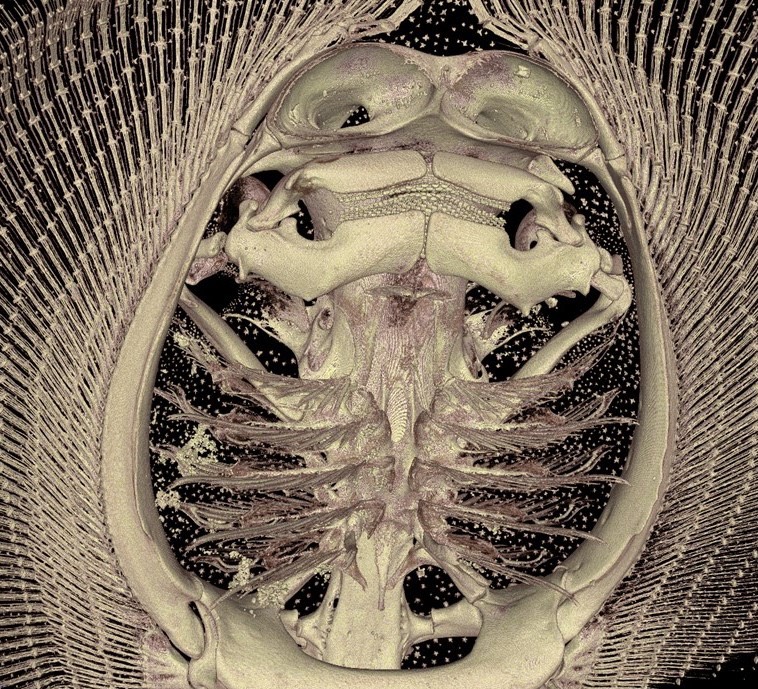
The researchers also used computed-tomography scanning to look beneath the skin of the freshwater stingray Potamotrygon motoro.

